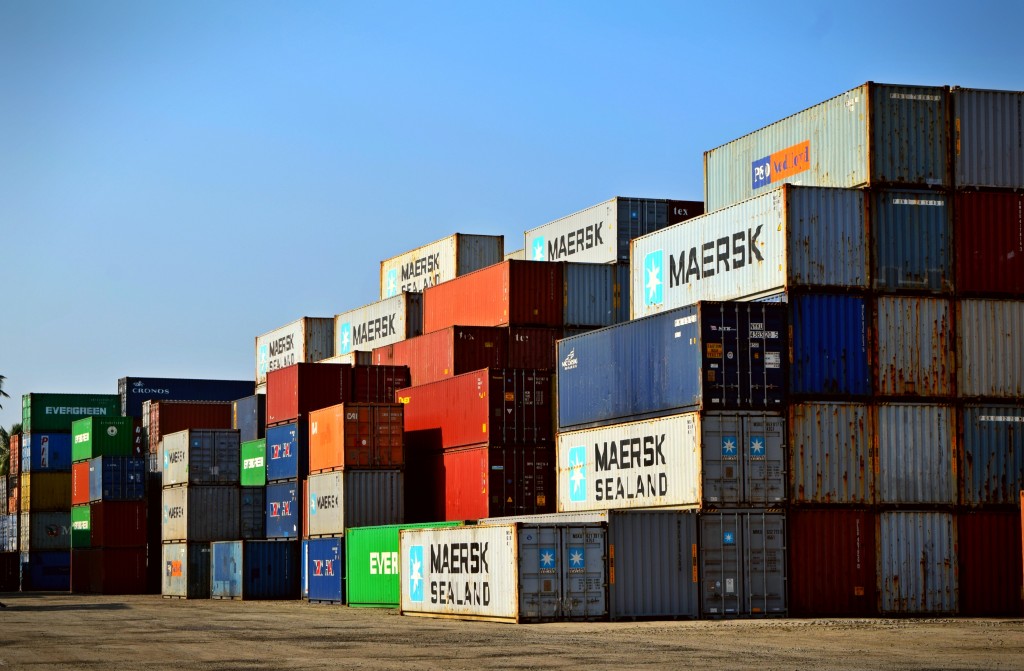Importers that move goods that are subject to SIMA measures may be already familiar with SIMA duties. SIMA stands for the Special Import Measures Act. There is quite a lengthy list of goods that are subject to countervailing or anti-dumping measures, as stipulated within SIMA. If you’re unsure as to whether or not your imported goods apply, you can verify on the CBSA website under: Measures in Force. The cases and tariff classification numbers are a good starting point for comprehending which goods apply.
Today, we’ll be covering the various elements that importers moving goods into Canada must be aware of within SIMA. As well as background information that is critical to your baseline understanding of the Act.
Recommended reading:
Trade Protectionism In Canada: Anti-Dumping & Countervailing
What is SIMA?
The Special Import Measures Act is a CBSA-enforced act to protect Canadian manufacturers/producers from competition overseas. SIMA specifically seeks to address anti-dumping and countervailing actions for imported goods.

What is anti-dumping?
Dumping is defined as an action taken when imported goods are sold to Canadian importers at a rate that is lower than comparable goods in the country of export. It is also in reference to goods that are sold to Canada at prices that are unprofitable.
Dumping is “corrected” by SIMA’s directives to offset the unfair pricing with an anti-dumping duty, charged upon entry to Canada.
What is countervailing?
The textbook definition for countervailing is: “offsetting an effect by countering it with something of equal force.” This applies to SIMA’s impact as well, as countervailing occurs in the form of subsidization.
Subsidizing must happen when goods that are imported into Canada benefit from foreign financial assistance through the exported country’s government, like grants or incentives. As you may have guessed, the subsidization of imported goods is offset with a countervailing duty.
When are anti-dumping or countervailing duty applied on imports into Canada?
The Canadian International Trade Tribunal (CITT) is the party responsible for identifying whether a particular item’s dumping or subsidization causes injury to the Canadian economy. Once a good is identified as such, CBSA is the governing body that is responsible for upholding anti-dumping and/or countervailing duties on the imports.
You can visit the CITT website here: https://www.citt-tcce.gc.ca/en/home.html
What is the SIMA Handbook?
The SIMA Handbook was built to aid CBSA employees to administer the corresponding anti-dumping and countervailing program. However, it is also a useful tool for importers and brokers to have on hand. On the CBSA website, it clearly states:
“Information in the SIMA Handbook is non-confidential. As policies and procedures evolve, parts of the SIMA Handbook may be under review and, as a result, may be subject to revision. Therefore, previous versions of the SIMA Handbook may not accurately reflect current policies and procedures.”
To get the most updated version of the SIMA Handbook, you may contact the SIMA registry at [email protected] to request your copy.
—
SIMA represents Canada’s interest in protecting Canadian businesses, ensuring that they are not treated unfairly as a result of other countries’ advantages over particular goods. While being charged additional duties on an import may be an inconvenience for some, the Canadian economy stands to benefit, on the whole, from such measures.
If you have any questions as to how to navigate SIMA for your particular imports, it is ideal to link up with a reputable customs broker. You can start a no-commitment conversation here.

 Payment
Payment  My Account
My Account